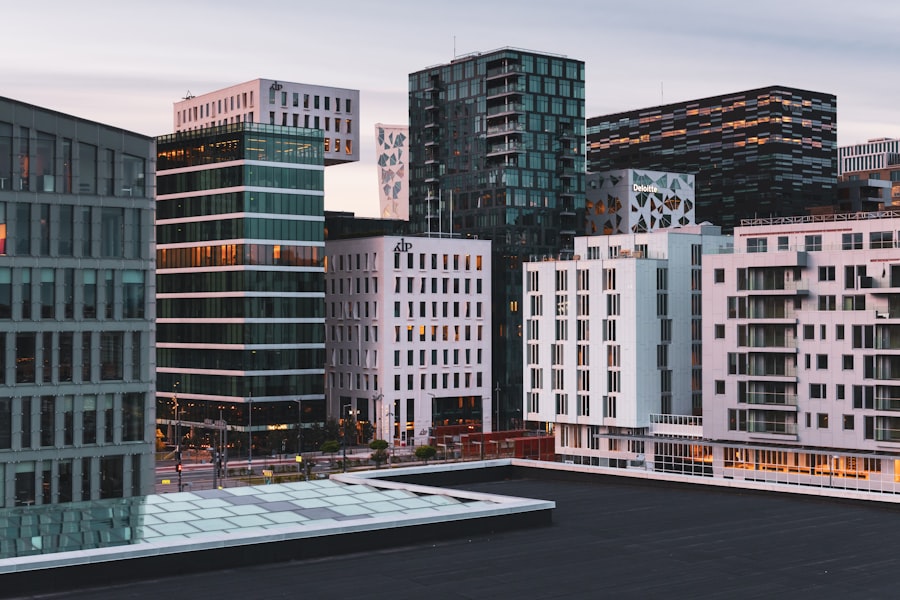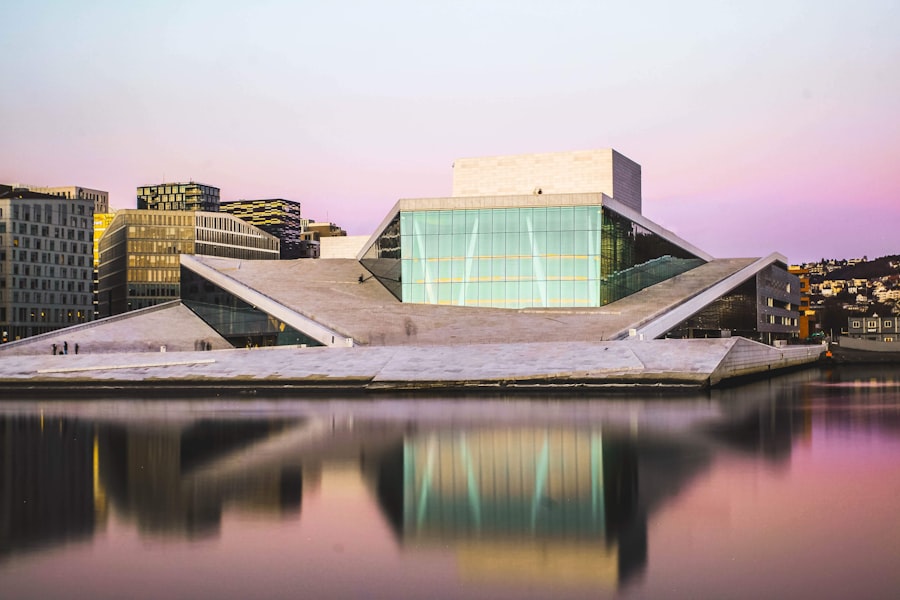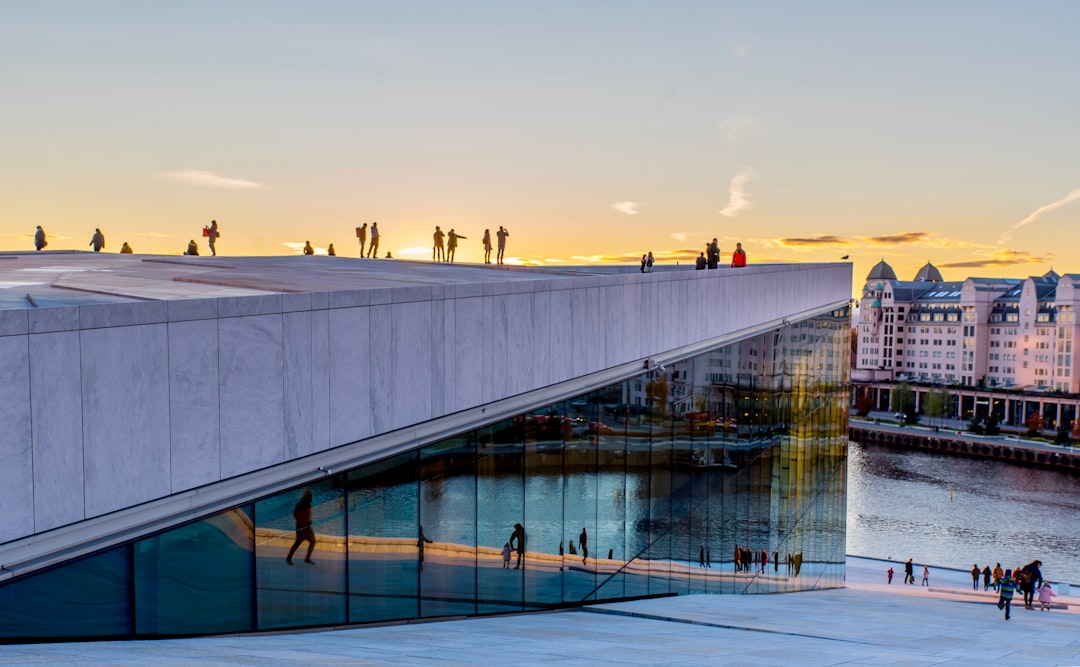When considering a move to Norway, one of the most significant decisions to make is whether to opt for a furnished or unfurnished apartment. This choice can greatly influence your living experience, especially in a country known for its high standard of living and unique cultural nuances. Furnished apartments come with the convenience of ready-to-use amenities, while unfurnished options offer the flexibility to personalise your space according to your tastes and preferences.
Understanding the differences between these two types of accommodation is essential for anyone looking to settle in Norway, whether for a short stint or a more extended period. The Norwegian rental market presents a variety of options, catering to diverse needs and lifestyles. For expats and locals alike, the decision often hinges on factors such as duration of stay, budget constraints, and personal preferences.
In this article, we will delve into the costs associated with both furnished and unfurnished apartments, their respective benefits and drawbacks, and provide insights tailored for both short-term and long-term residents. By the end, you will be better equipped to make an informed choice that aligns with your lifestyle in Norway. Take the first step. Book a consultation with the Norway Relocation Group for your move to Norway. https://norwayrelocation.no/one-hour-strategy-session/
Summary
- Furnished apartments in Norway are more expensive than unfurnished ones, but they offer convenience and flexibility for short-term residents.
- Unfurnished apartments in Norway are generally cheaper and allow for personalization, but they require more time and effort to set up.
- Furnished apartments in Norway are ideal for expats and short-term residents who value convenience and don’t want the hassle of buying and moving furniture.
- Unfurnished apartments in Norway are better suited for long-term residents who want to create a personalized living space and are willing to invest time and money in furnishing their home.
- Expats and short-term residents in Norway should consider the cost and convenience of furnished apartments, while long-term residents should weigh the benefits of personalization and cost savings with unfurnished apartments.
Furnished apartments in Norway typically command a higher rental price compared to their unfurnished counterparts. This premium is largely due to the convenience they offer; tenants can move in without the hassle of purchasing or transporting furniture and household items. In major cities like Oslo and Bergen, the cost of furnished apartments can vary significantly based on location, size, and amenities.
For instance, a one-bedroom furnished flat in Oslo’s city centre may cost upwards of NOK 15,000 per month, while similar accommodations in suburban areas might be available for around NOK 10,000. Moreover, the rental market in Norway is influenced by seasonal demand. During peak tourist seasons or university semesters, prices for furnished apartments can spike as demand increases.
It is also worth noting that furnished apartments often come with additional utilities included in the rent, such as internet and heating, which can further impact overall costs. Therefore, while the initial outlay may seem steep, it is essential to consider the total expenses involved when evaluating furnished options.
The Cost of Unfurnished Apartments in Norway
In contrast to furnished apartments, unfurnished options generally present a more budget-friendly alternative for renters. The monthly rent for an unfurnished apartment tends to be lower, allowing tenants to allocate their finances towards furnishing their new home according to their personal style. In Oslo, for example, an unfurnished one-bedroom apartment may range from NOK 10,000 to NOK 12,000 per month, depending on its location and condition.
This price difference can be particularly appealing for those who plan to stay long-term and are willing to invest in their living space. However, it is crucial to factor in the additional costs associated with furnishing an unfurnished apartment. While the initial rent may be lower, tenants must consider expenses related to purchasing furniture, appliances, and other essentials.
This can add up quickly, especially if one opts for new items rather than second-hand options. Therefore, while unfurnished apartments may seem more economical at first glance, potential renters should carefully assess their budget and long-term plans before making a decision.
Benefits of Furnished Apartments in Norway

One of the most significant advantages of choosing a furnished apartment in Norway is the immediate convenience it offers. For individuals relocating for work or study, moving into a fully furnished space allows for a seamless transition without the need to worry about logistics related to furniture acquisition or transportation. This is particularly beneficial for those on short-term contracts or students who may not want to invest heavily in furnishings that they will not use long-term.
Additionally, furnished apartments often come equipped with essential appliances such as refrigerators, washing machines, and microwaves. This not only saves time but also reduces the stress associated with setting up a new home from scratch. Furthermore, many furnished rentals are located in desirable areas close to public transport links and local amenities, making them an attractive option for those who value accessibility and convenience in their daily lives.
Drawbacks of Furnished Apartments in Norway
Despite their many benefits, furnished apartments do come with certain drawbacks that potential renters should consider. One notable disadvantage is the lack of personalisation; tenants may find it challenging to create a space that truly reflects their style and preferences when living with someone else’s furniture. This can lead to feelings of discomfort or dissatisfaction over time, particularly for those who value a personalised living environment.
Moreover, furnished apartments may come with restrictions regarding alterations or modifications. Landlords often have specific rules about what tenants can change within the property, which can limit one’s ability to make the space feel like home. Additionally, the quality and condition of furnishings can vary widely between rentals; some may be well-maintained while others could be outdated or worn out.
This inconsistency can lead to frustration if expectations are not met upon moving in.
Benefits of Unfurnished Apartments in Norway
Unfurnished apartments offer a unique set of advantages that appeal to many renters in Norway. One of the primary benefits is the freedom to design and furnish your living space according to your personal taste. This allows individuals to create an environment that feels uniquely theirs, fostering a sense of belonging and comfort that may be lacking in a furnished rental.
Furthermore, opting for an unfurnished apartment often results in lower monthly rent payments. This financial flexibility can be particularly advantageous for long-term residents who are willing to invest time and resources into furnishing their homes gradually. Additionally, unfurnished rentals typically provide more space for storage and organisation since tenants are not limited by existing furniture arrangements.
This can be especially beneficial for families or individuals with specific needs regarding space utilisation.
Drawbacks of Unfurnished Apartments in Norway

While unfurnished apartments present numerous benefits, they also come with certain challenges that potential renters should keep in mind. One significant drawback is the initial investment required to furnish the space adequately. Purchasing furniture and appliances can be costly and time-consuming, particularly for those who are new to Norway and may not have access to local stores or second-hand markets.
Moreover, moving into an unfurnished apartment often requires additional planning and effort regarding logistics. Tenants must consider how they will transport their belongings or acquire new items upon arrival. This can be particularly daunting for expats who may not have established networks or resources in their new city.
Additionally, there may be delays before the apartment feels like home as individuals take time to source and arrange their furnishings.
Considerations for Expats and Short-Term Residents
For expats or individuals planning a short-term stay in Norway, furnished apartments often emerge as the most practical choice. The convenience of moving into a ready-made living space allows newcomers to focus on settling into their new environment without the added stress of furnishing an apartment from scratch. Many furnished rentals also offer flexible lease terms that cater specifically to short-term residents, making them an attractive option for those on temporary assignments or internships.
However, it is essential for expats to conduct thorough research before committing to a furnished rental. Understanding what is included in the rental price—such as utilities and internet access—is crucial for budgeting purposes. Additionally, expats should consider proximity to work or study locations when selecting an apartment; being close to public transport links or essential amenities can significantly enhance their overall experience in Norway.
Considerations for Long-Term Residents
For long-term residents planning to stay in Norway for an extended period, unfurnished apartments may present a more suitable option despite the initial challenges associated with furnishing them. The lower monthly rent allows individuals to allocate funds towards creating a comfortable living environment tailored to their preferences over time. Moreover, long-term residents often have more stability and flexibility when it comes to making changes within their homes.
It is also worth noting that long-term residents may benefit from building relationships with local furniture suppliers or second-hand markets over time. This can lead to cost savings and unique finds that contribute to a personalised living space. Additionally, having a longer lease allows individuals to invest in quality furnishings that will last throughout their stay in Norway.
Tips for Furnishing an Unfurnished Apartment in Norway
Furnishing an unfurnished apartment in Norway can be an exciting yet daunting task. To make this process smoother, it is advisable to start by creating a budget that outlines how much you are willing to spend on each item needed for your new home. Prioritising essential items such as beds, sofas, and kitchen appliances will help ensure that you have what you need from day one.
Exploring local second-hand markets or online platforms can also yield significant savings when furnishing your apartment. Many Norwegians sell gently used items at reasonable prices through websites like Finn.no or Facebook Marketplace. Additionally, visiting local furniture stores can provide inspiration while allowing you to compare prices and quality before making purchases.
Making the Right Choice for Your Lifestyle
Ultimately, the decision between furnished and unfurnished apartments in Norway hinges on individual circumstances and lifestyle preferences. For those seeking convenience and ease during a short stay, furnished options provide an ideal solution without the hassle of setting up a home from scratch. Conversely, long-term residents may find greater satisfaction in unfurnished apartments that allow them to create personalised spaces over time.
Regardless of which option you choose, understanding the costs involved and weighing the benefits against potential drawbacks will empower you to make an informed decision that aligns with your lifestyle in Norway. Whether you opt for the immediate comfort of a furnished apartment or embrace the opportunity to design your own space with an unfurnished rental, your choice will ultimately shape your experience as you navigate life in this beautiful Scandinavian country.
Learn more about the Norwegian classes at the NLS Norwegian Language School in Oslo

